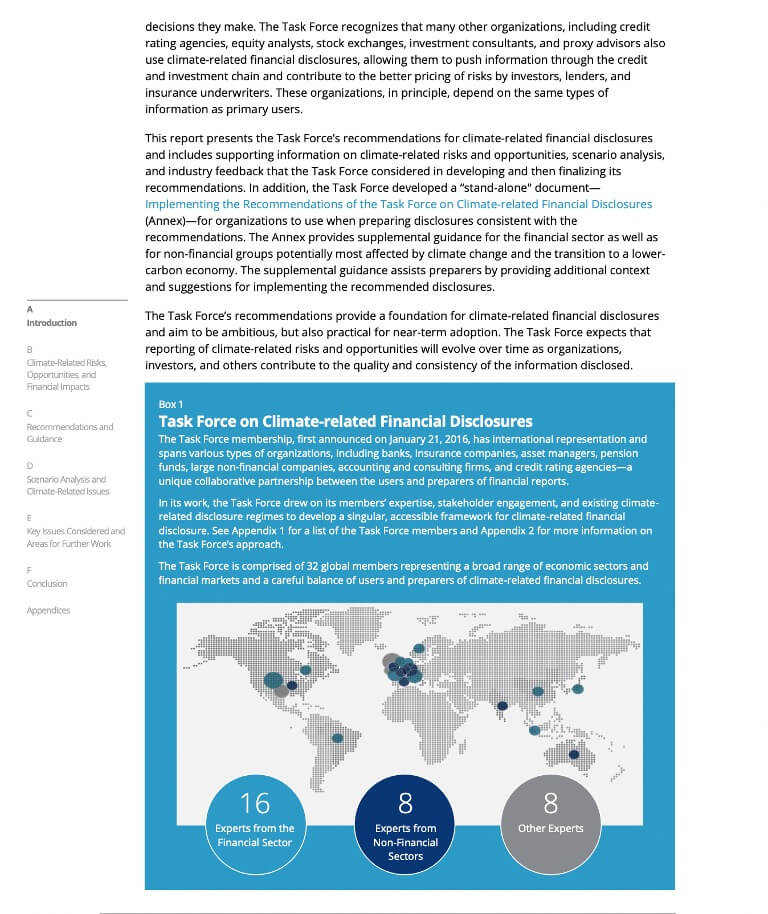Understanding Esg Fund Performance Metrics: A Comprehensive Guide

As sustainability becomes a priority for investors, understanding ESG fund performance metrics is essential. These metrics evaluate environmental, social, and governance (ESG) factors that can impact investment decisions. This guide will explore key performance indicators (KPIs), compare ESG funds to traditional funds, and highlight trends shaping the future of sustainable investing. By the end, you'll be equipped to make informed choices about your investments in ESG funds.

Introduction to ESG Funds
ESG funds focus on investments that meet specific environmental, social, and governance criteria. These funds are crucial in the investment landscape as they align financial returns with ethical standards. Performance metrics play a vital role in evaluating these funds, allowing investors to assess how well they meet their ESG goals. Understanding these metrics is key to navigating the evolving world of sustainable investing.
Understanding ESG Performance Metrics
To evaluate ESG funds effectively, investors rely on key performance indicators (KPIs). These metrics can be divided into two categories: financial and non-financial.
Financial Metrics: These include returns on investment, volatility, and risk-adjusted returns. They help investors understand the profit potential of ESG funds.
Non-Financial Metrics: These encompass ESG scores, carbon footprint, and social impact assessments. They provide insights into how well a fund adheres to its stated ESG criteria.
Incorporating both financial and non-financial metrics gives a comprehensive view of an ESG fund's performance. For instance, a fund may exhibit strong returns yet score poorly on environmental impact, highlighting the need for a balanced evaluation.

Comparative Analysis: ESG vs. Traditional Funds
When comparing ESG funds to traditional funds, it’s essential to look at performance data. Research shows that ESG funds often perform similarly or better than their traditional counterparts. For example, according to a Morningstar report, 88% of sustainable funds outperformed traditional funds during the COVID-19 market downturn.
This trend suggests that sustainable investing performance may offer resilience in challenging markets. Furthermore, funds like the Parnassus Core Equity Fund, which integrates ESG criteria, have consistently outperformed traditional funds over extended periods.
Investors should consider both financial returns and the ethical implications of their choices. By investing in ESG funds, they not only aim for profits but also contribute to positive social and environmental outcomes.
BlackRock's Approach to ESG Investing
BlackRock, one of the largest asset management firms, has embraced ESG investing through its diverse range of ESG funds. Their investment philosophy focuses on integrating ESG considerations into the investment process to drive long-term value.
One notable example is the BlackRock U.S. Equity Index Fund, which has incorporated ESG metrics to guide its investment choices. This approach has led to increased performance and investor interest. As of 2023, the fund achieved a 12% annualized return, outperforming many traditional benchmarks.

BlackRock's commitment to sustainable investing is evident in its active engagement with companies on ESG issues, fostering positive change while maximizing returns. Their strategies illustrate how ESG investment strategies can lead to both financial and societal benefits.
Future Trends in ESG Fund Performance
Looking ahead to 2025, several trends are expected to shape ESG fund performance. One significant trend is the rise of regulatory frameworks aimed at enhancing transparency in ESG investing. Governments worldwide are introducing regulations that require companies to disclose ESG-related information, making it easier for investors to assess performance metrics.
Additionally, the growing demand for sustainable investments is likely to drive innovation in ESG fund products. As more investors seek to align their portfolios with their values, we can expect an expansion of ESG fund offerings.
Emerging technologies, such as artificial intelligence, will also play a role in analyzing ESG data, making it more accessible and actionable for investors. The convergence of these trends will likely enhance the performance metrics used to evaluate ESG funds, paving the way for a more robust sustainable investing landscape.
Conclusion
In summary, understanding ESG fund performance metrics is vital for making informed investment decisions. As we've explored, these metrics combine financial and non-financial aspects to provide a clearer picture of fund performance. The comparative analysis shows that ESG funds can perform strongly, while BlackRock's approach exemplifies effective ESG investment strategies.
As we approach 2025, staying informed about trends and regulatory changes will be crucial for investors. By embracing ESG criteria, you not only have the potential for financial returns but also contribute to a more sustainable future. Start exploring ESG fund performance metrics today to make a positive impact with your investments.